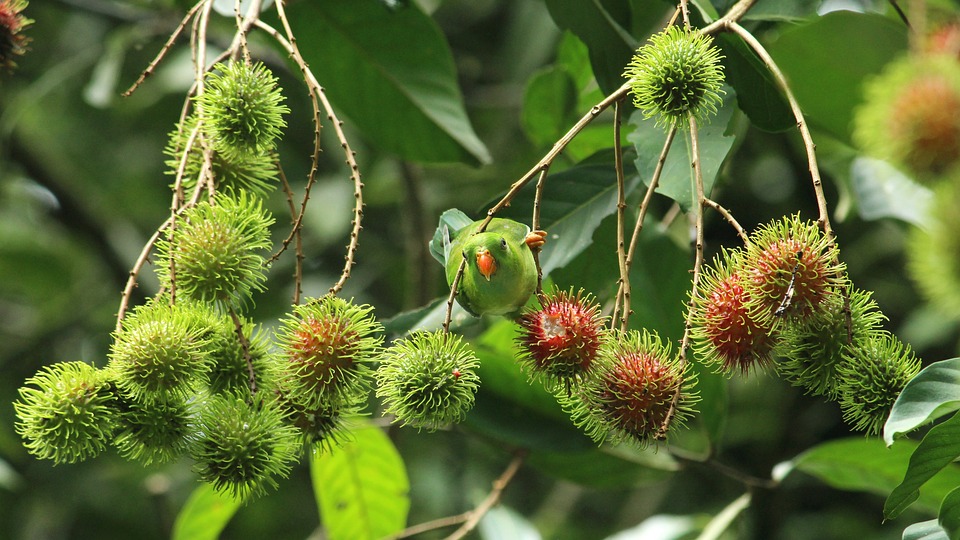Parrots are beautiful and intelligent creatures that require a carefully designed and stimulating environment to thrive. When introducing a new cage setup, it is essential to consider various factors that can influence their behavior. Understanding these factors and observing their behavior can help you ensure the well-being and happiness of your feathered friend.
One of the crucial factors that influence parrot behavior in new cage setups is the size and layout of the cage. A small and cramped cage can lead to stress and frustration for parrots, while a spacious and well-designed enclosure allows for natural movements and exploration. Providing ample space for your parrot to spread its wings and move around freely is important for its physical and mental health.
The placement of perches and toys within the cage is another significant factor. Parrots are highly active birds that require mental stimulation and physical exercise. Having a variety of perches and toys in the cage allows them to engage in natural behaviors such as climbing, chewing, and playing. This helps alleviate boredom and promotes healthy behavior.
Access to food and water is essential for parrots’ well-being. Placing food and water bowls in easily accessible locations within the cage ensures that your parrot can comfortably reach them, promoting a sense of security and reducing stress. Regularly providing fresh food and water is crucial for meeting their specific dietary requirements.
When introducing a new cage setup, it is important to observe your parrot’s behavior carefully. This allows you to gauge their comfort level and make any necessary adjustments to ensure their happiness. During the initial exploration phase, parrots will likely investigate new perches, toys, and food dishes, expressing their curiosity through vocalizations, beak tapping, or wing flapping.
Parrots communicate through vocalizations and body language. Pay attention to any changes in their vocalizations, such as increased vocal activity or unusual sounds, as these can indicate excitement, anxiety, or discomfort. Similarly, observe their body language, including feather position, eye dilation, and overall posture, to better understand their emotional state.
Parrots are known to establish a sense of territory within their cages. They may exhibit territorial behavior by defending their perches or toys from perceived threats. Additionally, bonding with their human companions is crucial for parrots’ mental well-being. Watch for signs of bonding, such as seeking attention, preening, or attempting to interact with you through mimicry.
In conclusion, understanding parrot behavior in response to new cage setups is crucial for creating a comfortable and enriching environment for these intelligent birds. By considering factors such as cage size, perch placement, and observing their behavior, you can ensure the well-being and happiness of your beloved parrot companion. Remember to be patient and make adjustments as needed to provide the best possible environment for your feathered friend.









